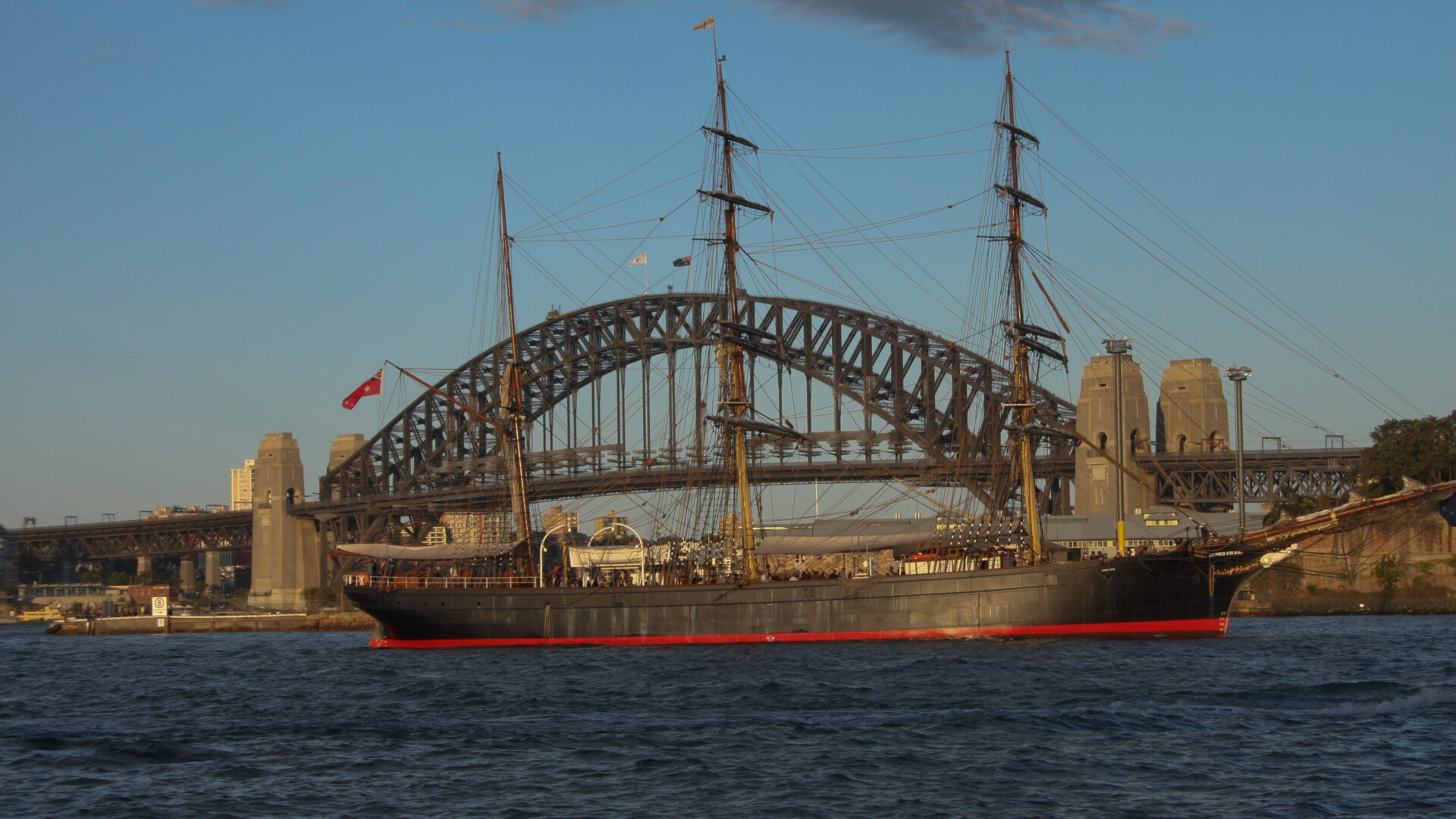You receive a panic phone call from your broker sometime in 1987 advising you to sell all your shares in Alcoa. In less than one year later, you discover that you missed out on a record profit (and counting). What actually happened is that your broker listened to the inaugural speech of the new Alcoa CEO and ex-public servant (Paul O’Neil). And O’Neill started like this:
‘I want to talk to you about worker safety. Every year, numerous Alcoa workers are injured so badly that they miss a day of work. Our safety record is better than the general American workforce, especially considering that our employees work with metals that are 1500 degrees and machines that can rip a man’s arm off. But it’s not good enough. I intend to make Alcoa the safest company in America. I intend to go for zero injuries… Now before I go on, I want to point out the safety exits in this room…‘
According to Charles Duhigg in The Power of Habits, the audience was shell-shocked and confused. There was no mention of higher profits, lower costs, taxation, business regulations, or any other buzzwords. After some silence, they raised their hands for their stock-standard questions about the ‘company’s capital ratio’, the ‘synergistic market advantage’, ‘the aerospace division’…etc.. O’neill added:
“I am not certain you heard me. If you want to understand how Alcoa is doing, you need to look at our safety figures…If we bring our injury rates down, it won’t be because of cheerleading ….it will be because the individuals at this company… have devoted themselves to creating a habit of excellence. Safety will be an indicator that we’re making progress in changing our habits across the entire institution.”
Within one year, Alcoa’s record profits hit a record high and the company’s income grew fives times within just over a decade.
The secret? O’Neill identified what Duhigg calls a ‘keystone habit’. Solve for that, and almost everything else will fall into place. For Alcoa to achieve zero-injury workplace, they implemented flawless communication systems (the precursor to emails) and maintained impeccable regiments of training, monitoring and maintenance that dove (not only safety) but efficiency through record levels.
Now if you ask St Francis he would call “keystone habit’ something more mundane:
‘Start by doing what’s necessary; then do what’s possible; and suddenly you are doing the impossible.”
When he saw me fussing over this or that in our home renovation, and after he offered to re-do it all, my builder said to me ‘We have a saying in my country: If you are healthy, you have 1000 wishes, but if you are not healthy, you only have one wish’.
If you can think of anything more necessary than the health and safety of your team before you can achieve the impossible, let us hear it. If not, remember (and do) The Necessary and everything else will perfectly fall in place.
So work safely and do the impossible.

